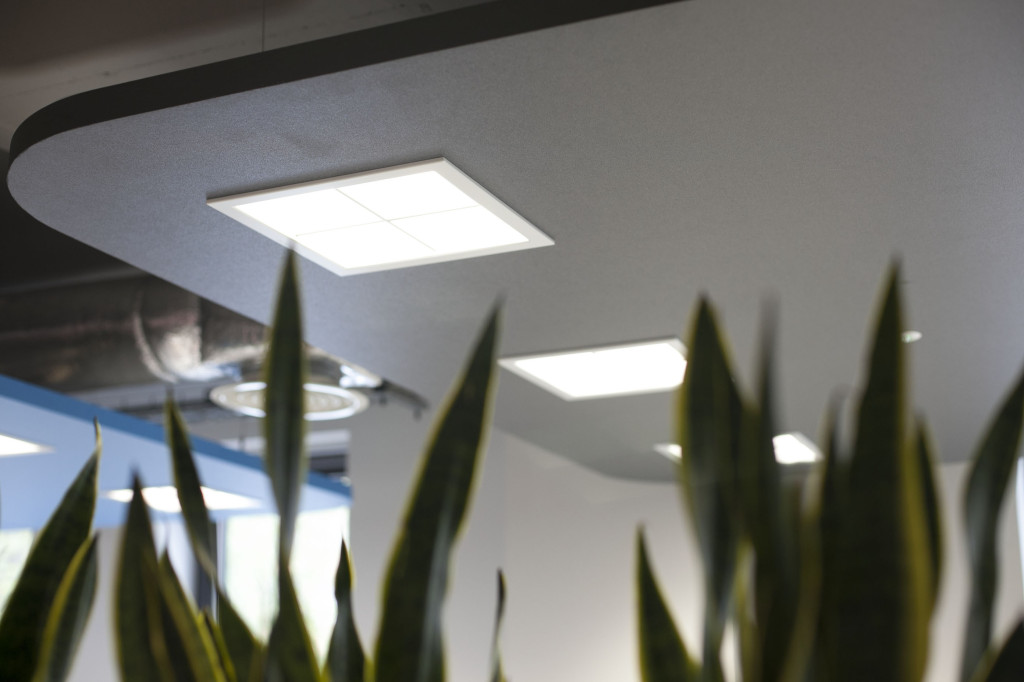
Macadam House on Gray’s Inn Road, London, the new headquarters of NUS, has been totally refurbished to create one of the most sustainable offices in the country. As well as providing a high quality working environment for staff, the building is an excellent example for other parties involved in promoting and delivering sustainability.
“NUS does a great deal of work in encouraging sustainability in students’ unions throughout the country and educating students about sustainability issues,” explained NUS ethical and environmental manager Jamie Agombar. “Our goal is to turn students’ unions into hubs of sustainability within their wider communities. So when the decision was made to move to new headquarters we were determined to embody these principles in our own building by examining every aspect of sustainability in the design,” he added.
As would be expected of a BREEAM Excellent building, Macadam House incorporates a raft of design features to minimise energy consumption, carbon emissions and other aspects of environmental impact. However, NUS has taken the principles of sustainability a step further by introducing a pioneering approach to the procurement of lighting and other services.
“As a registered charity we didn’t want to own services like the lighting; our priority was to ensure the lighting performed as required in terms of light levels and energy consumption. So we approached a number of lighting companies with a proposal for a cradle-to-cradle rental scheme. Philips was the only one that was prepared to discuss ways of doing business differently,” Jamie Agombar continued.
Discussions between the NUS and Philips led to the creation of a ‘Pay Per Lux’ solution, whereby Philips retains responsibility for the performance of the lighting over a 15 year period and the NUS pays for the energy consumed through a quarterly fee. The solution encompasses a total service and warranty solution that fits within the 15 year timescale of the contract.
“The Pay Per Lux concept is a completely new business model that enables NUS, and other organisations, to take advantage of LED lighting and be able to minimise their energy costs well into the future, without a major capital outlay,” explained Philips business development manager Jeremy Palmer. “It also includes an element of future-proofing, as any replacements during the life of the contract will make use of the latest LED lighting technologies,” he added.
During the period of the contract Philips will guarantee that light levels are maintained to the Illuminating Engineering Society L70 standard. The company will also maintain pre-agreed energy savings.
The lighting system uses a combination of PowerBalance and LuxSpace luminaires in office and circulation areas, installed as part of an integrated acoustic solution developed with Saint Gobain Ecophon. Bulkhead fittings and amenity lighting have also been supplied and included in the Pay Per Lux contract. Overall, the installed lighting electrical load of the 784 light points is just 5.9W/m2, delivering significant energy and carbon savings compared to traditional office lighting installations.
All of the lighting is fully addressable and controllable with links to daylight and occupancy sensors so that lighting is only used where it is needed. This principle has even been applied to the lifts, where the LED lighting is only switched on when a lift is occupied. Sensor and dimming settings can be adjusted to fine-tune the control of the lighting in relation to any changes in building usage.
All of the lighting and other small power is linked to an alarm system to ensure that all non-essential items are switched off overnight.
Under the Pay Per Lux agreement the lighting will be monitored online with annual reporting back to NUS. Philips will also carry out annual health checks and preventative maintenance of the lighting and recommend any new technologies or innovations that have the potential to deliver enhanced energy savings.
Jamie Agombar explained: “The Pay Per Lux scheme enables us to delegate the responsibility for managing the lighting to those with the most expertise, while giving us predictable costs over a 15 year period. At the same time it ensures that we will continue to benefit from the best energy-saving opportunities with a guarantee that the required light levels will be maintained through the period of the contract. “Just as importantly, it demonstrates the benefits of challenging the status quo and exploring alternative, more sustainable, ways of doing business,” he concluded. we&e



